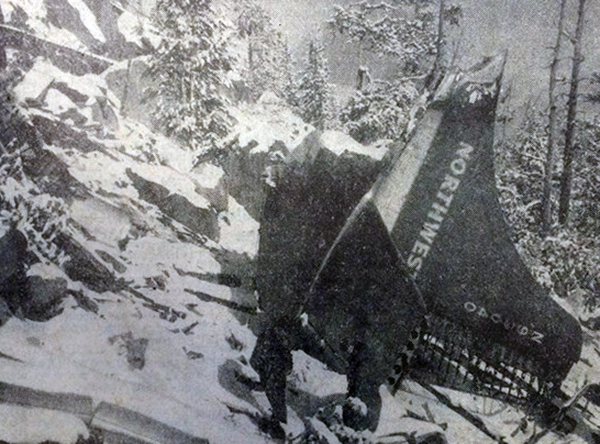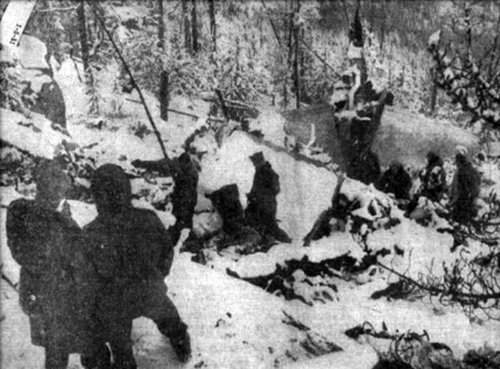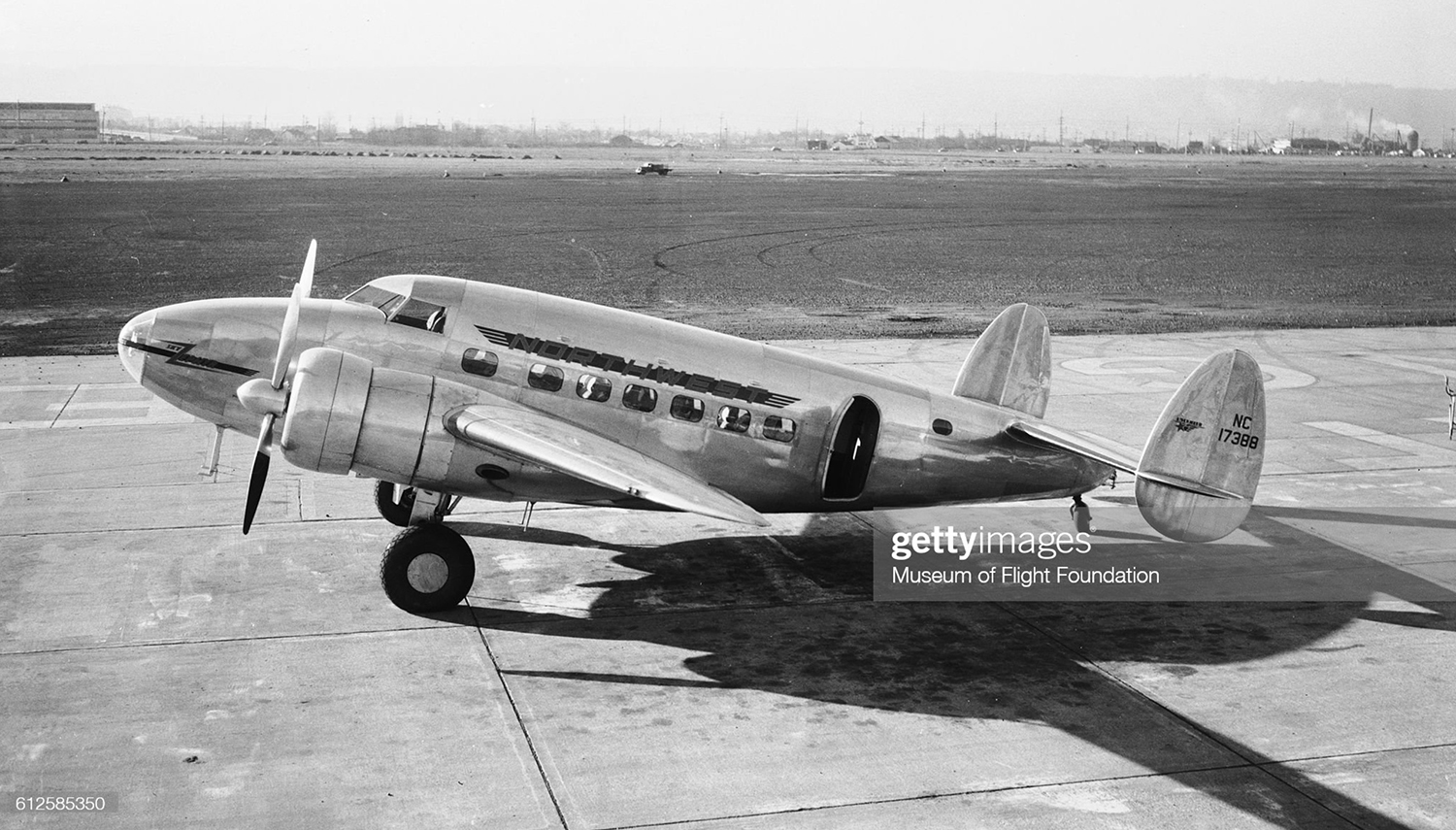Crash of a Learjet 24D in Butte: 4 killed
Date & Time:
Apr 17, 1971 at 1615 LT
Registration:
N123CB
Survivors:
No
Schedule:
Polson - Butte
MSN:
24-232
YOM:
1970
Crew on board:
2
Crew fatalities:
Pax on board:
2
Pax fatalities:
Other fatalities:
Total fatalities:
4
Captain / Total hours on type:
147.00
Circumstances:
The descent to Butte Airport was started in poor weather conditions a zero visibility due to fog. While descending to an altitude of 6,060 feet, the airplane struck trees and crashed on the slope of a mountain located few miles from the airfield. The wreckage was found two days later and all four occupants have been killed. At the time of the accident, the airplane was flying at an insufficient altitude of 6,060 feet while the minimum safe altitude was about 8,000 feet.
Probable cause:
Improper IFR operation on part of the flying crew. The following factors were reported:
- No record of weather briefing received,
- Weather forecast unknown or not reported,
- Hit mountain at 6,060 feet approximately 1,6 NM from VOR,
- Published altitude about 8,000 feet,
- Mountains obscured by fog,
- Airport below minimums.
- No record of weather briefing received,
- Weather forecast unknown or not reported,
- Hit mountain at 6,060 feet approximately 1,6 NM from VOR,
- Published altitude about 8,000 feet,
- Mountains obscured by fog,
- Airport below minimums.
Final Report:




